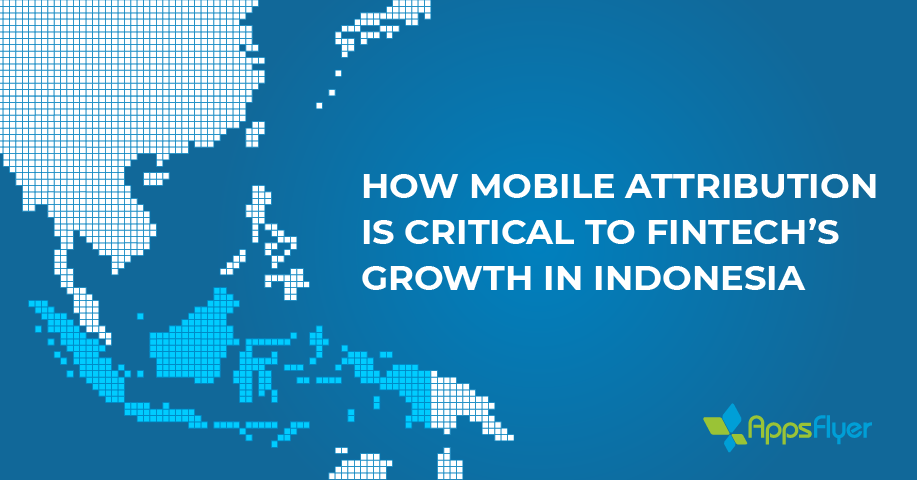
According to the world bank, only 36% of adults in Indonesia have a bank account. That’s an astounding 113.7 million people who do not have access to bank services. This is why funding for fintech already exceeded eCommerce in 2016, and we saw a lot of Indonesian Fintech companies get 7- to 8-digit funding in 2017. We expect this trend to continue in 2018.
What’s happening now in Fintech in Indonesia is similar to what happened back in 2014 when the majority of funding went to eCommerce. Four years ago, eCommerce was just getting started. Currently, in Indonesia, Fintech is already one of the hottest (if not the hottest) industries in the country, and it is only the beginning.
We are already seeing startups in the fields of lending, payment, point of sales, crowdsourcing, accounting, and even cryptocurrency.
After chatting with several Fintech startups in Indonesia, I discovered that most of them are still new, small, very ambitious, and in process of scaling their mobile marketing efforts. Based on my experience, scaling mobile app user acquisition is a bit tricky and full of challenges.
As a Fintech startup, one of the first and most important things I would recommend is to implement a reliable attribution tool. What does this mean for Fintech?
Most of the startups I spoke with already track in-app events like register, use wallet, submit a loan, etc. The list below shows you five things you can do with attribution to successfully scale your Fintech app, while growing a loyal user base.
1. Measure Every Channel You Have (Email, Website, Social Media, etc.)
Track everything. Do you have a “Download” call-to-action button on your website? Track how many users come from there. Do you have a Download button in your email’s footer? Track it. If you can add a tracking link, you can track it. This will benefit you in two ways:
- You will see which channels, including media sources, deliver the best users so you can know where to strengthen your focus and budget.
- You will be able to remove noise from your organic data (usually used as a benchmark for paid media performance) to see the performance of “real” organic users.

2. Measure Rich In-App Events on the Back-End
Tracking is very different for eCommerce, Travel and Fintech. With eCommerce or Travel you can easily track a purchase event. With Fintech, there is a verification process on the back-end which can sometimes take several business days. If you don’t track it, you can’t optimize your marketing campaign toward a revenue event, one of your most important in-app events. It’s super important to track events, including rich in-app events, in your back-end. Rich in-app events offer you a wealth of granular data about each event for more effective segmentation and retention. Server-to-server API is usually the the most effective solution.

3. Leverage Active Campaign Monitoring Tools
Like I mentioned earlier, the up-and-coming Fintech companies I spoke to were all still relatively small; each with only one to two people in marketing. These tiny performance marketing operations are running and monitoring campaigns, doing A/B testing, preparing weekly reports, and on and on and on. In short, they’re swamped.
What these overworked teams need is a tool that automates the monitoring of a campaign’s KPIs such as number of installs and CPI. A tool like this can also notify the team when something happens like a 15% increase of media source X’s CPI from the day before. This kind of alert is critical to adjusting budgets. It keeps you from missing any important changes and takes the pressure off so marketers can focus on other important tasks.
4. Omni-Channel Attribution
Many Fintech companies also have a strong web presence, and it’s not unusual to find their users in both mobile apps and on the Web. Users check deals or information from a website and then continue inside an app to purchase products or submit a loan. Therefore, it is crucial for a marketer to track all of a user’s touch points to gain a complete understanding of the user journey. To track and attribute users from web to mobile, you’ll want to include the Customer user ID.
To take things a bit further, you can send website events using Server-to-Server API from your attribution provider. Your attribution provider will populate the data in their dashboard. This will give you the true lifetime value (app + web) of your users in a single dashboard.

5. Don’t Be Afraid to Test Media Sources
Doing performance marketing with only one or two people in a team can be tough. But don’t let it hold you back from testing another media source. In fact, some media sources are really easy to run and track.
A good media source will provide you with site ID which is a unique ID for their publisher. You can then tell your account manager which site IDs to focus on. Check out our Indonesia Performance Index where we rank media sources based on their quality and quantity of Indonesian traffic.

The Fintech industry in Indonesia is still quite young, but it is moving at an incredible pace in an extremely competitive market. We think 2018 will be the year most Fintech startups will try to scale up. And if they follow these five fundamentals of mobile attribution, they should have no trouble reaching their targets.
The post Step Up Your User Acquisition to Scale Up Your Fintech Mobile Business appeared first on AppsFlyer.